
A Celebration of Black Excellence Then and Now
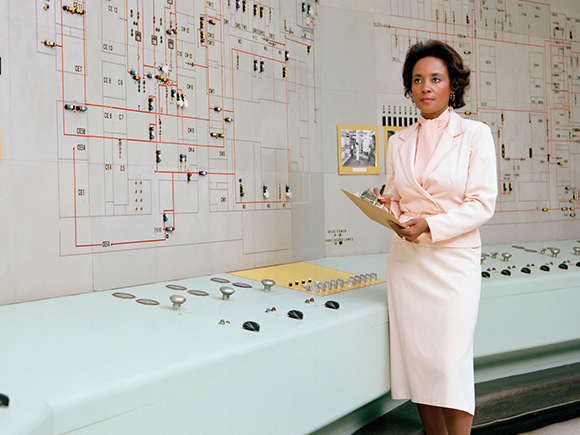
Despite the obstacles imposed by the segregation she faced growing up in Birmingham, Alabama, Annie Jean Easley became a computer scientist, a mathematician, and a rocket scientist. She was her high school’s valedictorian and began taking classes at Xavier University in New Orleans in 1950 but would not earn her degree until more than two decades later. First, needing a job and hearing about human “computers” used at the National Advisory Committee for Aeronautics (NACA, which would become NASA) she applied and was hired. Racism was ever-present. While Easley’s White counterparts received financial aid to take required specialized courses, she received none, was paid less than the amount stipulated by her job title, and was cut out of NASA promotional photos. She would eventually work for four divisions — but would never be promoted — and become an Equal Employment Opportunity (EEO) counselor at NASA as a way to help address discrimination complaints. During her 34-year NASA career, Easley developed and implemented computer code used in researching energy-conversion systems and analyzing alternative power technology, including the battery technology that was used for early hybrid vehicles and for NASA’s Centaur upper-stage rocket. It was the first major rocket to use liquid hydrogen technology, which was critical in many missions, including getting men to the Moon. Addressing discrimination, she said, “My head is not in the sand, but my thing is, if I can’t work with you, I will work around you. I was not about to be [so]discouraged that I’d walk away.” Easley retired from NASA in 1989 and died in 2011.
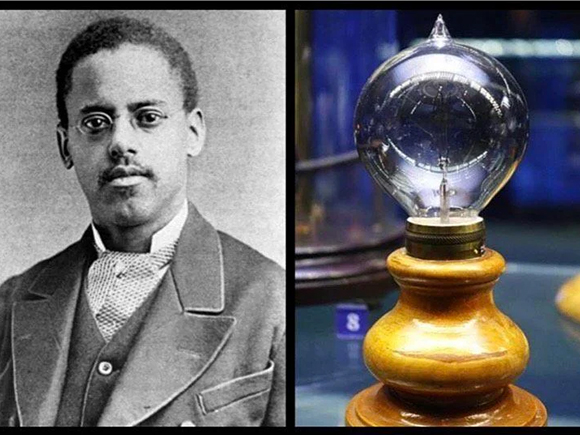
The youngest of four children of parents who had escaped to Massachusetts from slavery in Virginia in 1848, Lewis Howard Latimer was a gifted inventor. At the age of 16, after the family was forced to split up to avoid interstate slave catchers, following the Dred Scott decision, Latimer joined the Navy. He was honorably discharged in 1865, and then took a job as an office boy in a patent law firm, where his talent allowed him to rise to become head draftsman. Being immersed in patent law stimulated Latimer’s own natural inclination to create. In 1874, he co-patented an improved toilet system for railroad cars. Two years later, working at Alexander Graham Bell’s patent law firm, he drafted the drawings required to receive a patent for the telephone. In 1879, he moved to Bridgeport, Connecticut, and was hired as assistant manager and draftsman for Hiram Maxim’s U.S. Electric Lighting Company, a competitor of Thomas A. Edison. There, Latimer invented a modification to the process for making carbon filaments for light bulbs, which reduced breakage during the carbonization process. He spent nine months in England on behalf of Maxim’s company, teaching workers the entire process for making lights, including glassblowing, to get the factory up and running. In 1884, the Edison Electric Light Company in New York City hired Latimer as a draftsman and an expert witness in patent litigation on electric lights. In 1890, he wrote the first book about electric lighting, titled Incandescent Electric Lighting, and he supervised the installation of public electric lights throughout New York, Philadelphia, Montreal, and London.
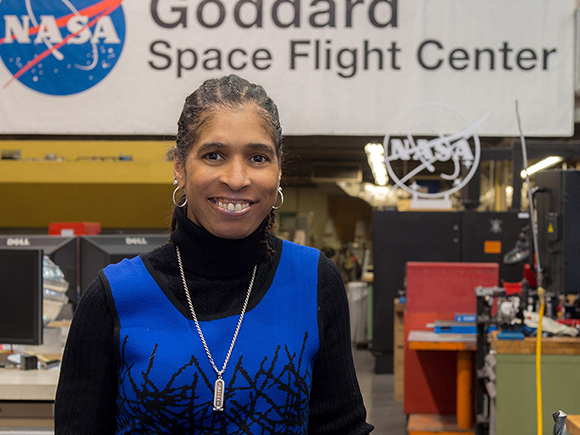
Aerospace engineer Aprille J. Ericsson-Jackson was the first African-American woman to receive a PhD in mechanical engineering from Howard University and the first African-American woman to receive a PhD in Engineering at the National Aeronautics and Space Administration (NASA) Goddard Space Flight Center (GSFC) in Maryland. Born in 1963 and raised in the Bedford Stuyvesant neighborhood of Brooklyn, New York, Ericsson-Jackson first became interested in astronautics while watching the Apollo missions in first grade. As a high school junior, she attended MIT UNITE (now called Mites, or Minority Introduction to Engineering & Science), an outreach program for minority students at the Massachusetts Institute of Technology (MIT). She received her BS in aeronautical/astronautical engineering from MIT in 1986 and then went on to earn her master’s and PhD. While in graduate school, Ericsson accepted a position as an aerospace engineer at the GSFC, where she has served as an engineer, technologist, instrument lead, and project and program manager for nearly thirty years. Her many projects have included the James Webb Space Telescope, the Lunar Reconnaissance Orbiter, and the Tropical Rainfall Measuring Mission. Ericsson has passionately mentored and supported young people and students by lecturing, counseling students, serving on advisory boards at multiple universities, advising pre-college STEM programs, and reviewing proposals for NASA- and NSF-funded grants.
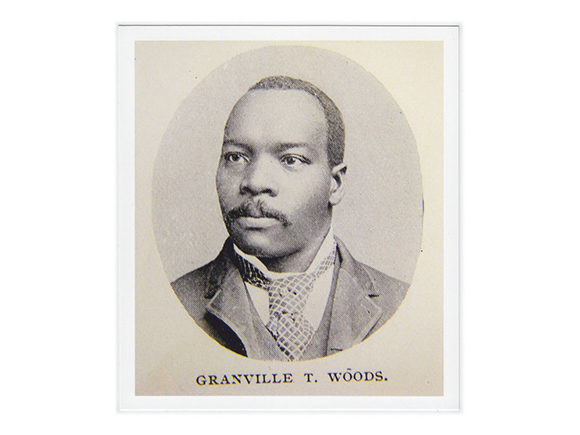
Granville T. Woods, who earned the moniker “Black Edison,” was a self-taught mechanical and electrical engineer and an inventor who held more than fifty U.S. patents during his lifetime. Born in Columbus, Ohio, in 1856, Woods had to take work as an apprentice in a machine shop when he was ten. That training led to jobs as a machinist, a railroad engineer, a steel-mill engineer, and an engineer on a British ship. He moved to New York City in 1876 and took courses in engineering and electricity, then set up his own electrical-apparatus manufacturing company in Cincinnati. He filed his first patent in 1889, for an improved steam boiler furnace. He then created an improved telephone transmitter, the patent for which was purchased by Alexander Graham Bell. His later patents were mainly for electrical devices, with a focus on trains and streetcars. He invented the "troller," a grooved metal wheel that allowed street cars to collect electric power from overhead wires. He also invented a device he called the “synchronous multiplex railway telegraph,” which harvested ambient static electricity from existing telegraph lines to send messages between train stations and moving trains. That device, invented in 1901 and the basis of the so-called "third rail" used by modern electric-powered transit systems, ensured safer and better public transportation systems in cities across the U.S.
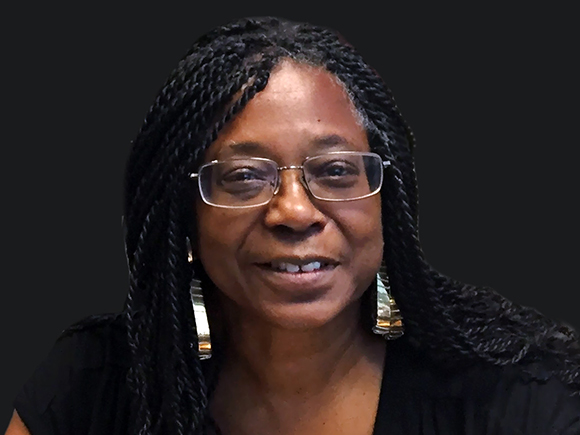
A roboticist by training, Dr. Johnetta MacCalla is the pioneering CEO of Zyrobotics, which she co-founded in 2013. The company has since earned numerous awards for its inclusive, STEM-related educational technologies, including games and learning tools, many of which are designed to address the diverse needs of children, especially those with differing abilities, aged three to seven. In 2018 Zybotics became the first recipient of a five-year, $25 million grant from Microsoft that would allow it to partner with the software giant to develop artificial intelligence aimed at enhancing accessibility and benefiting those with disabilities. “Robotics is me; it’s a part of my life,” MacCalla says of her work. Prior to co-founding Zyrobotics, MacCalla served as CEO of Automated Switching and Controls Inc., as president of Advanced Systems Concepts Inc., and as a chairperson of the Los Angeles Metropolitan Transit Authority Foundation. She holds degrees from Brown University and Stanford University in applied mathematics and electric engineering, respectively, and earned her PhD in electrical, electronics, and communications engineering from the University of Southern California.
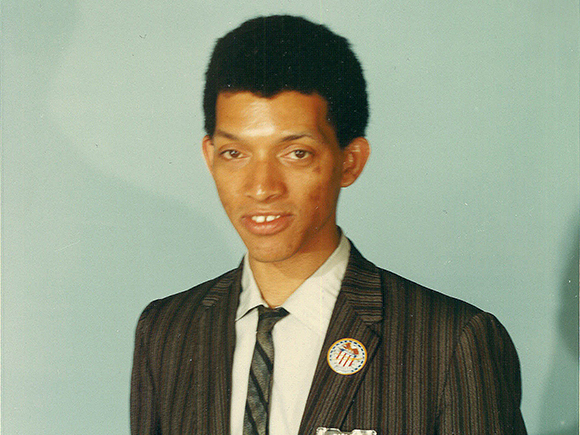
When the Apollo 16 astronauts walked on the Moon, they carried a powerful ultraviolet camera-spectrograph that had been designed by George Robert Carruthers to be used effectively while wearing bulky space suits. Carruthers guided the astronauts as they recorded the Earth's outermost atmosphere and mapped portions of the far-ultraviolet sky. His instruments demonstrated that molecular hydrogen exists in the interstellar medium. The son of a civil engineer and a homemaker, Caruthers developed an interest in physics, science, and astronomy at a young age and built a telescope at the age of ten, using cardboard tubing and lenses he bought through a science magazine. He earned a BS in physics, a master’s in nuclear engineering, and, in 1964, a PhD in astronautical engineering. Carruthers then became a postdoctoral researcher at the National Science Foundation–funded U.S. Naval Research Laboratory (NRL), where he spent the next 38 years, retiring in 2002. During the 1980s, he helped create a program called the Science & Engineers Apprentice Program, which allows high school students to spend a summer working with scientists at the NRL. He also became increasingly dedicated to expanding opportunities in STEM fields and to mentoring students around Washington, D.C. Carruthers was inducted into the National Inventors Hall of Fame in 2003 and, in 2011, received the National Medal for Technology and Invention from President Barack Obama. He died in 2021.
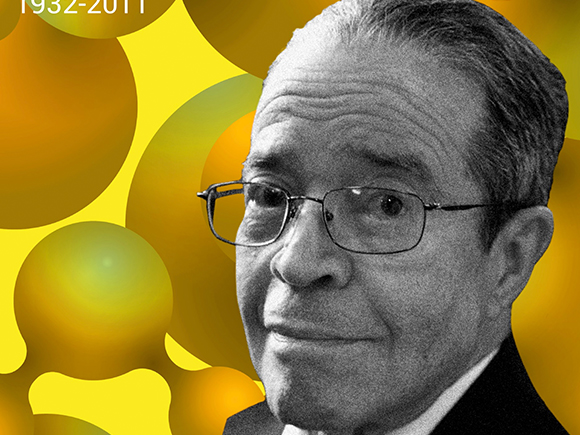
A child prodigy, J. Ernest Wilkins, Jr. grew up in the south side of Chicago and attended the University of Chicago at the age of 13, becoming its youngest-ever student. Six years later, he had earned a BA, an MS, and a PhD in mathematics. A nuclear scientist, a mechanical engineer, and a mathematician, Wilkins’s many scientific achievements included joining Eugene Wigner to develop the Wigner-Wilkins approach for estimating the distribution of neutron energies within nuclear reactors, the basis for how all nuclear reactors are designed. During Wilkins’s widely varied career, he made significant contributions to pure and applied mathematics, civil and nuclear engineering, and optics. He conducted nuclear physics research in both academia and industry, was named president of the American Nuclear Society in 1974, and worked to recruit minority students into the sciences. He died in 2011.

An aerospace engineer and NASA astronaut, Jeanette Jo Epps earned both her MS and her PhD degrees in aerospace engineering from the University of Maryland. Epps was born and raised in Syracuse, New York, as one of seven children of parents who had moved north from their native Mississippi during the the Great Migration, during which, between 1910 and 1970, some six million African Americans relocated from the rural southern United States to the urban Northeast, Midwest, and West. A highly cited researcher, Epps focused her graduate research on aerospace-related materials engineering, including comprehensive testing of composite swept-tip beams, comparison of analytical models with experimental results for shape memory alloys, and use of shape memory alloy actuators for tracking helicopter rotor blades in-flight. After graduating, she took a position in research at Ford Motor Company, where her work resulted in a provisional patent for technology to reduce vibrations in suspension control arms, and later, a U.S. patent related to detecting the location of a frontal collision in an automobile. She then spent seven years as a technical intelligence officer at the CIA. She graduated from the 20th class of NASA astronauts in 2011 and has since become the second woman, and the first Black woman, to complete analog astronaut missions, which are field tests in locations that have physical similarities to the extreme environments of space. In 2020 NASA announced that Epps would join the first operational mission of Boeing’s CST-100 Starliner to the International Space Station (ISS). When the craft launches, which is currently scheduled to occur in spring 2023, Epps will become the first Black woman to be part of an ISS crew.
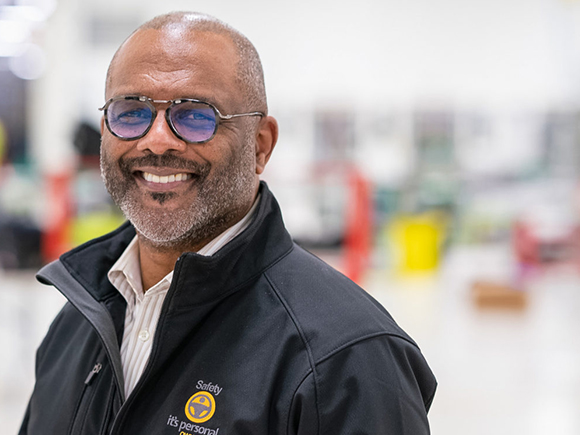
Gerald Johnson is the Executive Vice President, Global Manufacturing and Sustainability, at General Motors Corporation. In 2021 he was named Black Engineer of the Year based on his efforts during the COVID pandemic not only to keep GM’s production moving, but also to pivot factories to manufacture personal protective equipment and ventilators for frontline health workers and COVID-19 patients. Johnson grew up in Cleveland, Ohio, and was put into elite schools once his academic ability showed itself. He began working at GM as an 18-year-old co-op student from what was then called General Motors Institute (now Kettering University). At 24, became the youngest superintendent in the history of the company’s Fisher Body Stamping Plant in Euclid, Ohio. He went on to earn a master’s degree in manufacturing operations at the Massachusetts Institute of Technology. He is the first Black person to lead manufacturing at General Motors, and he serves as an inaugural member of GM’s Inclusion Advisory board, which has the goal of improving diversity and inclusion within the company. He sits on the Kettering University Board of Trustees and has served as a mentor to many young professionals. He has also played an active role in community organizations. In March 2022, he was elected to the United Negro College Fund National Board of Directors.

Born in Philadelphia in 1942, Guion Stewart Bluford Jr. is an aerospace engineer, a retired U.S. Air Force officer and fighter pilot, and a former NASA astronaut who became the second Black person, and the first African American, to go to space, after Cuban cosmonaut Arnaldo Tamayo Méndez. Bluford was commissioned as an officer in the Air Force after earning his BS in aerospace engineering at Pennsylvania State University. He received his PhD from the Air Force Institute of Technology in 1978 and, that year, was one of 35 people selected from a pool of 10,000 applicants in NASA’s first competition to identify Space Shuttle astronauts. He flew his first mission, aboard Challenger, in 1983 and participated in three other missions, the last aboard Discovery in 1992. Bluford retired from NASA and the USAF with the rank of colonel in 1993 to assume various high-level executive positions at aerospace-related firms, including as Vice President of Microgravity R&D and Operations for Northrop Grumman and as President of Aerospace Technology, an engineering consulting organization in Ohio. He was inducted into the International Space Hall of Fame in 1997, the United States Astronaut Hall of Fame in 2010, and the National Aviation Hall of Fame in 2019.
